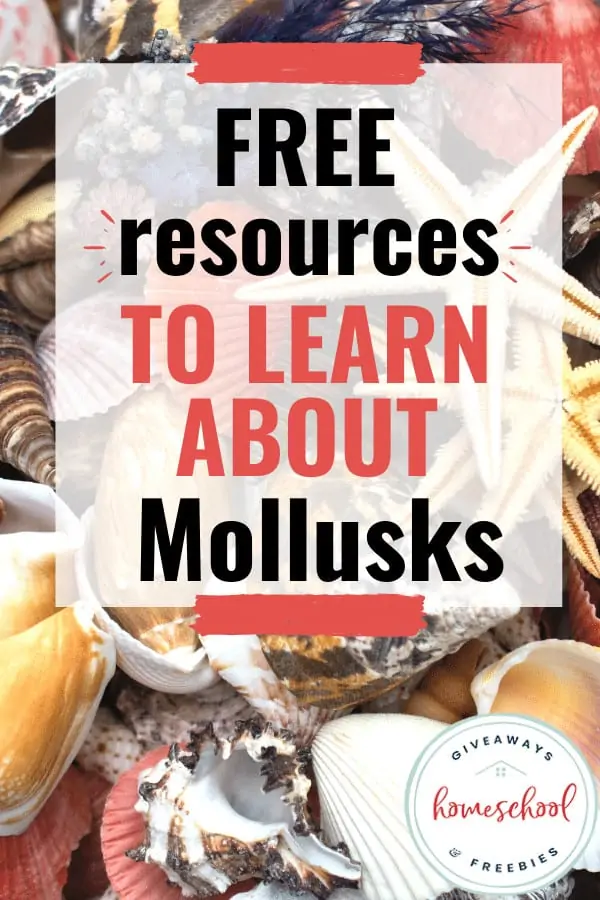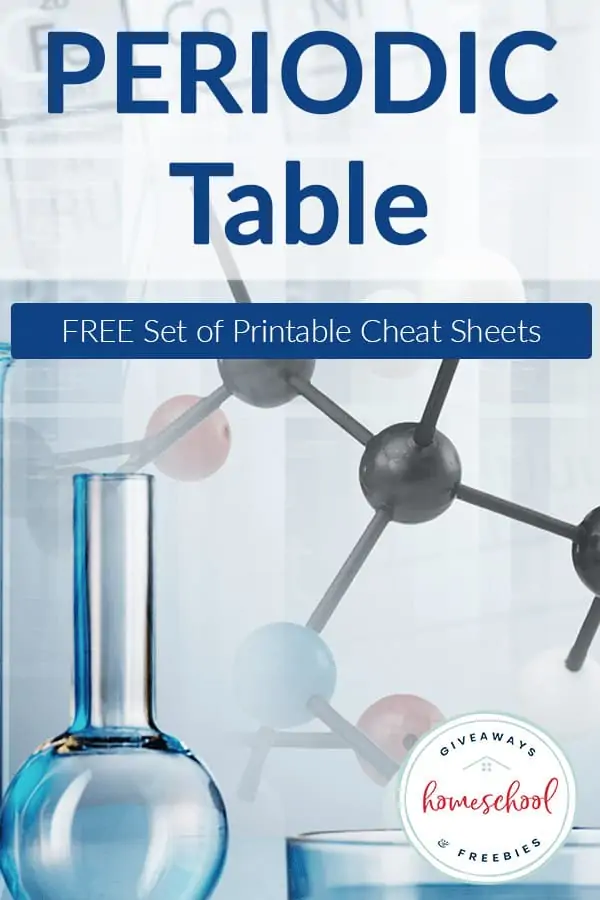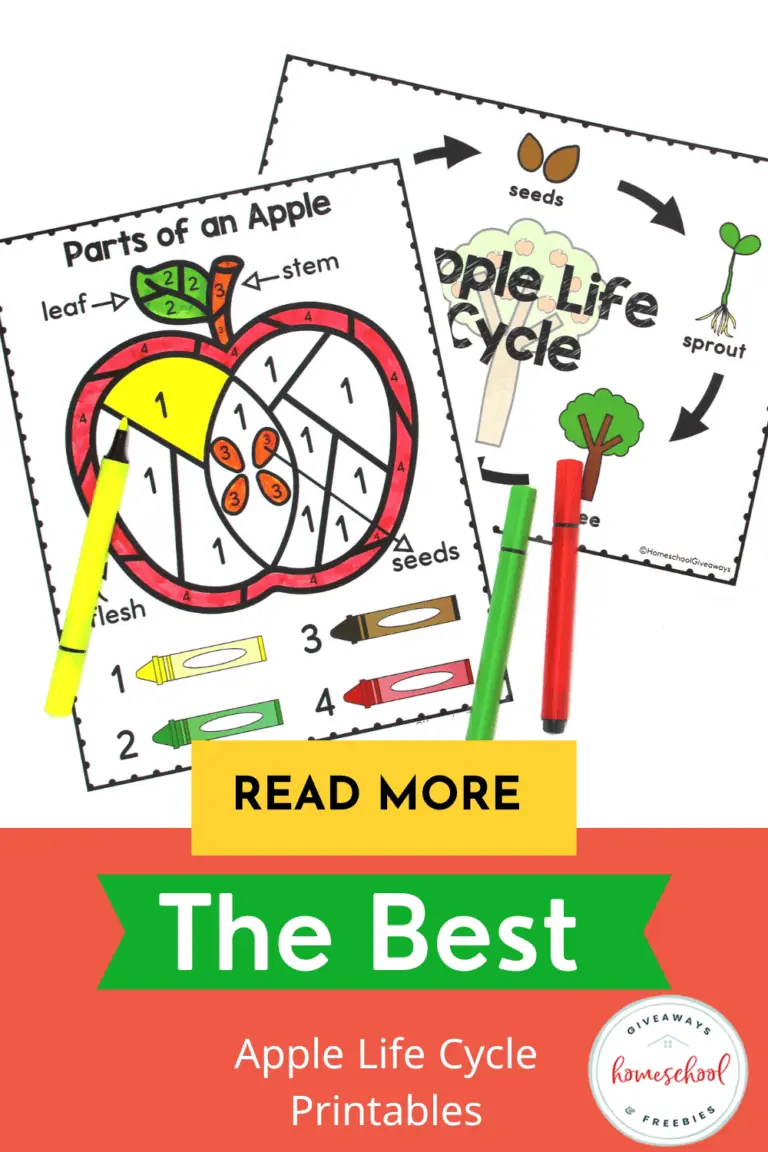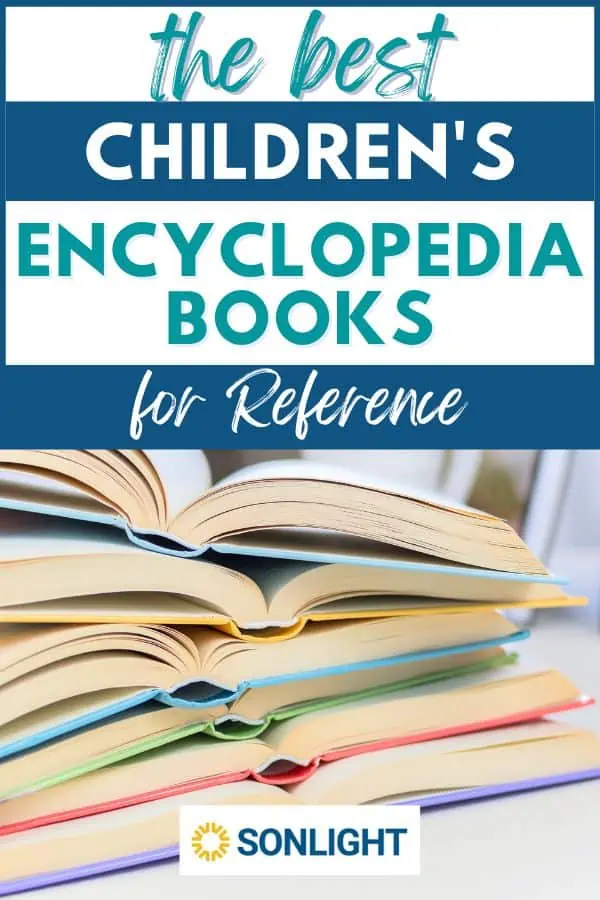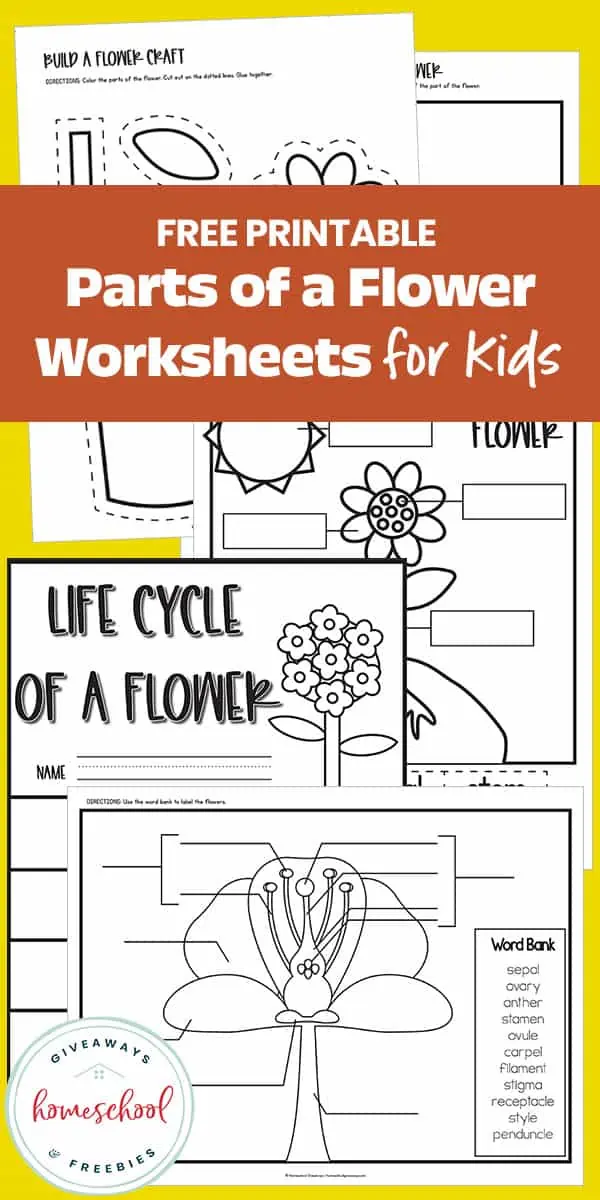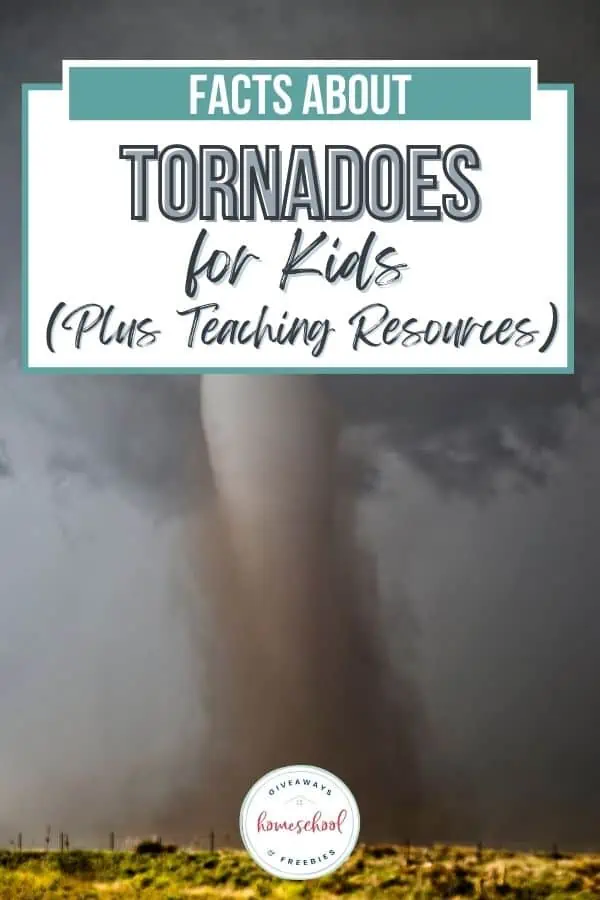Free Resources to Learn About Mollusks
Published:
August 18, 2020
Contributor:
Jeannette Tuionetoa
Disclosure: This post may contain affiliate links, meaning if you decide to make a purchase via my links, I may earn a commission at no additional cost to you. See my disclosure for more info.
Mollusks are a phylum that contains many different animals. Study this diverse invertebrate family group with these free resources to learn about mollusks.
When I thought about mollusks before teaching my kids about them, I always associated them with muscles. Mussels mean shells, so I thought all animals with shells were mollusks. I was wrong, of course.
I mean turtles aren’t mollusks so that throws the shell theory out the window.
What we did find out was that mollusks didn’t really fit into a neat box. They actually are extremely different ranging from clams to squid.
The truth is that formulating a general description of mollusks can be challenging.
There are only three characteristics that all mollusks share. This is going to sound gross so bear with me.
1. Mollusks all have a mantle, a rear covering of the body that secretes calcium-containing structures called calcareous.
2. They all have genitals and anus that open up in the mantle cavity (I tried to warn you.)
3. Mollusks also all have paired nerves, a nervous system.
There are also eight different broad categories of mollusks in the world:
Cephalopods include octopuses, squids, cuttlefish, and nautiluses. Most of the members of this family group either don’t have shells at all or they have small internal shells.
Gastropods are the most diverse family of mollusks with over 60,000 species of snails and slugs living in marine life, freshwater, and land. (Note: snails and slugs are also called gastropods.)
Bivalves have hinged shells and live in marine and freshwater habitats. These are so weird; they have no heads and their bodies are a wedge-shaped “foot.” Yup, just a foot.
Tusk shells have long, cylindrical shells with tentacles going from one end.
Monoplacophorans are deep-sea mollusks with cap-like shells. Scientists thought these were extinct but found a handful of species I n1952.
Chitons are flat and slug-like with calcareous plates living in intertidal waters by rocky coastlines all over the world.
Solanogastres are worm-like mollusks that don’t have shells. Most are flattened/cylindrical and are blind.
Caudofoveates are small, deep-sea, also worm-like mollusks that burrow into soft bottom sediments.
Of course, these aren’t my favorite animals to study, but they sure are interesting. I lived in Spain for some years while in the military and the Spanish love to eat these mollusks, especially snails (caracoles in Spanish).
I remember for lunch some would have these tiny little snails that filled up a plastic juice cup. They loved them. I just couldn’t. I can’t even try mussels.
Whether your family has experience eating some of these mollusks or you just admire their diversity, mollusks will be an interesting unit for your kids to learn about.
Recommended Resource: Ocean Notebook – Companion to Ocean Anatomy by Julia Rothman
In the Ocean Notebook, students will use a combination of written narration, drawing, and labeling alongside Ocean Anatomy by Julia Rothman to learn all about life in the ocean, layers of the ocean, the ocean floor, coral reefs, tide pools, and much more.
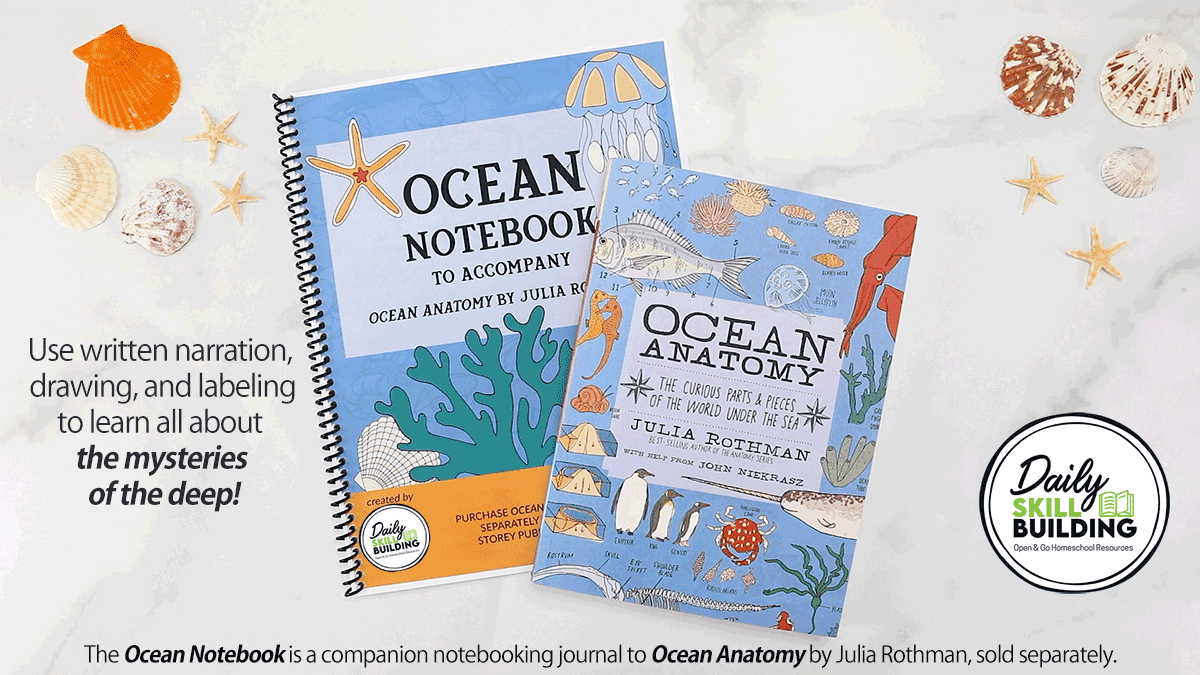
Grab these free resources to learn about mollusks in your homeschool.
FREE Lesson: Molluscs: General Lesson Plan | Man and Mollusc
Mollusk Facts: Habitat, Behavior, Diet | ThoughtCo.
Mollusk | Academic Kids
Fun Facts About Mollusks for Kids | Easy Science for Kids
Mollusc facts for kids | Kids.Kiddle
Fun Facts about Sea Mollusks for Kids | Easy Science for Kids
These videos all about mollusks will go great alongside your lessons.
Mollusks for kids – Invertebrate animals – Science for kids | Smile and Learn
Mollusca Features | MooMooMath and Science
Transparent Mollusks | ferrebeekeeper
Add these free snail resources to add to your mollusk lessons.

FREE Snails Animal Study & Lapbook | Homeschool Share
Molluscs: The Study of Snails (Part One) | The Pinay Homeschooler
Home Learning Workbook All About Snails FREE Download | TES.com
About Snails FREE Printable | Little-Learners
Snail Anatomy + Snails & Slugs Science Homeschool FREE Unit Study | Teaching Without Chairs
Montessori Inspired Study of Snails for Preschoolers | The Pinay Homeschooler
Snail Activities Using FREE Printables (Montessori-Inspired) | Living Montessori Now
Add these free squid resources to add to your mollusk lessons.
Giant Squid and Colossal Squid FREE Fact Sheet | Tonmo.com
Sea Monster FREE Coloring Page: Prehistoric Squid | Education.com
Happy Squid Craft FREE Printable Art Activity | Mama Likes This
Add these free resources about other mollusks like clams and more.
Fun Clam Shell Craft for Kids with FREE Clam Template | Simple Mom Project
Clams & Pearls- FREE Summer Download | Life with the Hawleys
Cuttlefish FREE Printable and Resource | Enchanted learning
Octopuses are one of the largest mollusks. Grab these octopus resources to go alongside your lessons.

Octopus FREE Printables (Vocabulary, Wordsearch, and more) | ThoughtCo.
Amazing Facts About Octopuses | Love the Critters
Octopus Facts For Kids & Adults: All You Need To Know About Octopuses | Active Wild
Why do Octopus change Colors | Adventures in Mommydom
20 Amazing Octopus Facts | Animal Wised
Octopus Facts: Habitat, Behavior, Diet | ThoughtCo.
Giant Pacific Octopus Facts | ThoughtCo.
Explore these crafts, activities, and experiments for hands-on learning when learning about mollusks in your homeschool.
Draw a Snail | Art Projects for Kids
How to draw a Squid | Easy Animals to Draw
Octopus Science Experiments for Preschoolers | Preschool Powol Packets
FREE Virtual Field Trip Octopus Habitat | Special Treat Friday
Octopus Lesson Plans in the Preschool Classroom Sensory Science | Pre-KPages
Step by Step Drawing tutorial on How to Draw an Oyster | Drawing Tutorials
Octopus Crafts and Learning | Jelly Fish Sticks
Sea Shell Identification Lesson | The Homeschool Scientist
You may find these random posts beneficial when exploring mollusks in your homeschool:
FREE Printables and Unit Studies About Invertebrates
Why Deep-Sea Creatures Get Weirdly Giant | JSTOR
Learn about Elections with President Squid | Our Daily Craft
How Pearls Form and Which Species Makes Them | ThoughtCo.
There are almost 100,000 species of mollusks living around the world, most in bodies of water but some on land as well. In Michigan, there are about 300 species of Mollusks and scientists believe there are even more species to discover!

